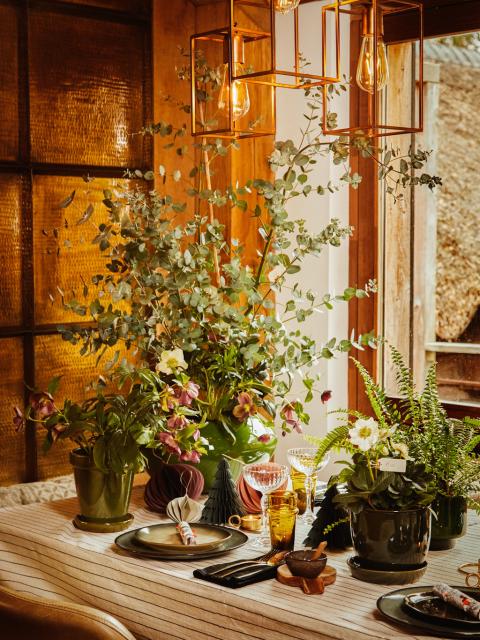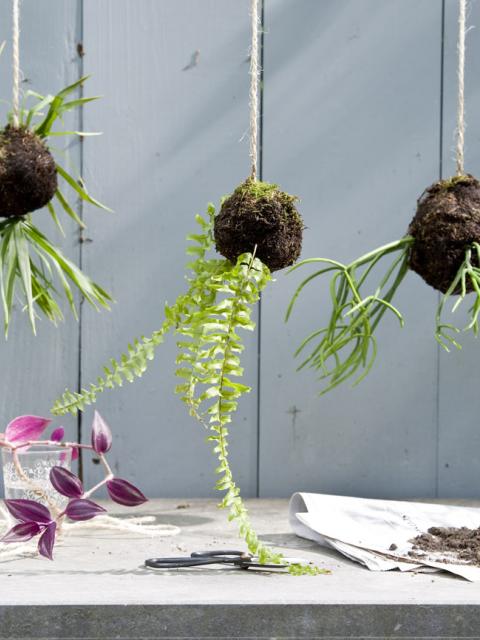Spores, division and rooting
Ferns produce spores on the underside of the leaf. When they are mature, the protective membranes tear open and the spores try to find a suitable spot to grow on the ground. At home, you can can expand the family by dividing the plant or rooting the rhizomes. Spring is the perfect time to do this as the bright sunlight and return of warm weather prompts new growth.
Special bulbs
A few fern cultivars propagate with bulbils. These are nodules on the leaf that grow into an entire new plant. The bulbils on the leaves of the European chain fern, for example, get so heavy that they pull the leaf down. Once the bulbil touches the ground, its mini-roots fasten onto the soil and start life independently. With the sensitive fern, the bulbil falls off the leaf when it’s large enough, and settles in a new spot to grow. Then the mother fern’s work is done.
Help with propagation
Wait until the bulbil is big enough and can make its own way in the world, or help it along:
- Carefully remove the leaf with ripe bulbils from the fern.
- Fill a container with damp cutting compost.
- Carefully insert the leaf in the mixture.
- Place the container in a light, warm spot and keep the soil damp.
- Roots will now gradually develop on the bulbil. When they’re large enough to secure themselves in the soil, carefully loosen the bulbils.
- Place the bulbil in a new pot or plant it out in the garden.














